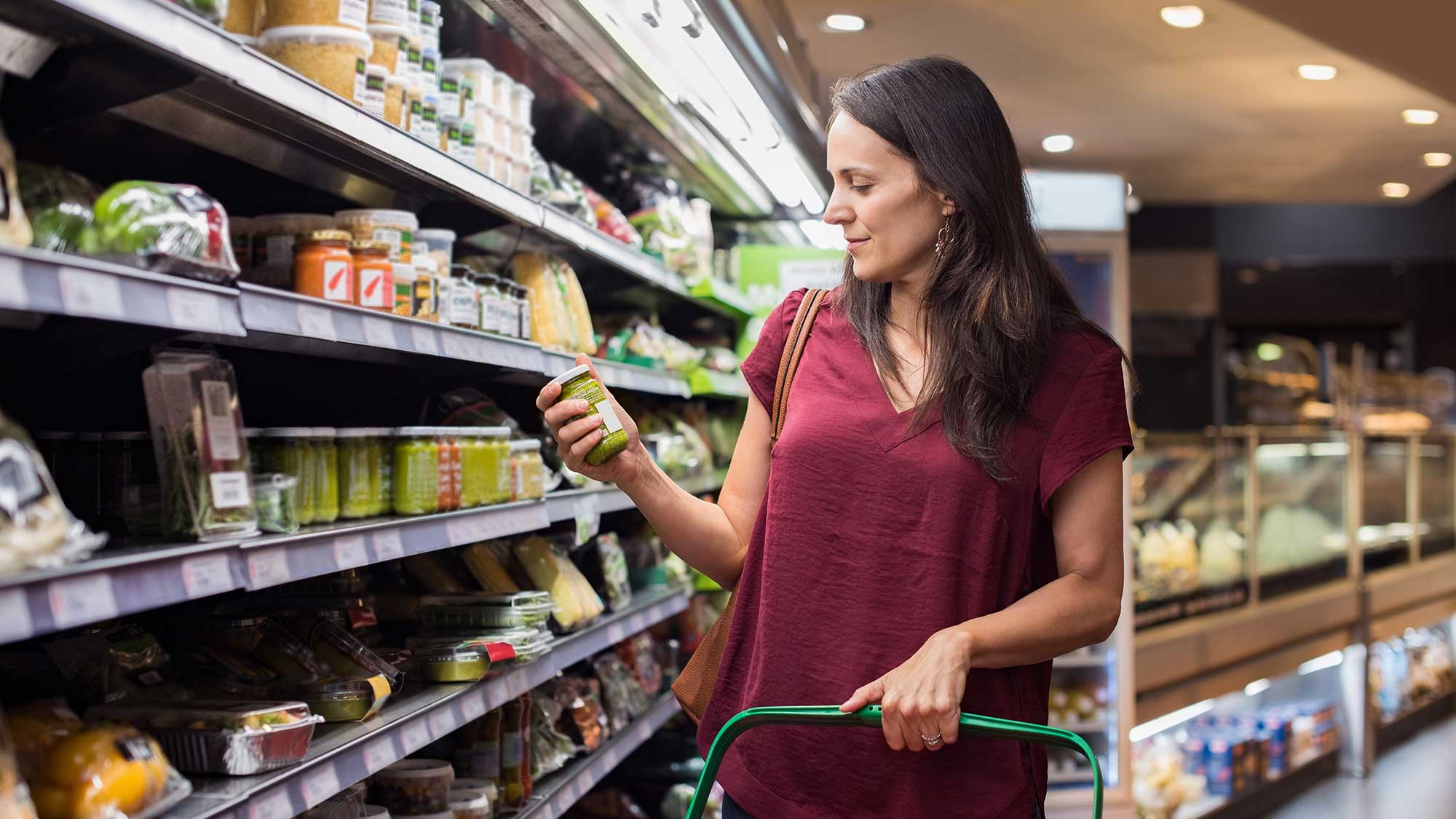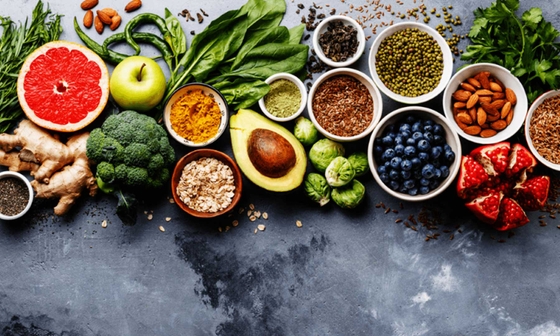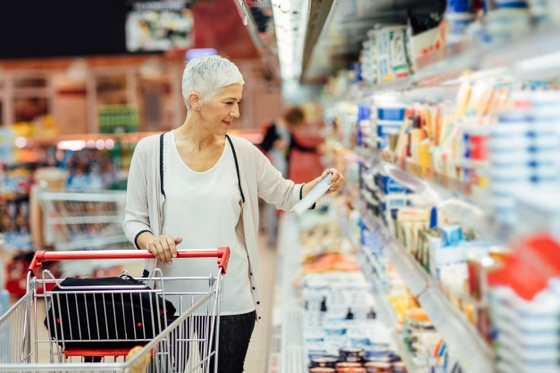
How much salt should you have per day?
Convert the sodium listed on food products into grams of salt or vice versa.
Use our sodium to salt converter to calculate how much salt you're eating. Find out your daily salt intake and tips to cut back for better heart health.
What should your daily sodium intake be?
The Heart Foundation recommends adults eat no more than 5 grams of salt per day. That’s around 2000 mg of sodium, or about one teaspoon of salt. This amount gives your body the sodium it needs while helping to reduce your risk of high blood pressure.
Right now, the average Australian eats about 9 grams of salt per day, which is almost double the recommended amount.
Convert sodium to salt and get recommendations.
How to use this tool
This calculator converts the sodium listed on food products into grams of salt or vice versa.
The best way to compare between packaged food products is by looking at the Nutrition Information Panel. You can use the 'per 100 g' column when comparing the salt contents of different foods and the ‘per serve’ column when trying to understand how much salt you have consumed.
Why reducing salt is important for your heart
High blood pressure is one of the biggest contributors to heart disease. Reducing the amount of salt in your diet is one of the most effective ways to help lower your blood pressure and protect your heart.
Discover how to reduce salt and protect your heart health.
You might also be interested in...

Salt and heart health
Understand how excess salt and sodium affect blood pressure and heart disease risk. Explore tips to reduce sodium intake and improve heart health.

How to follow a heart healthy eating pattern
Follow these easy tips to boost your heart health and embrace a heart-healthy eating pattern.

Reading food labels
Nutrition information panels and ingredients lists are a good way of comparing similar foods so you can choose the healthiest option.
Last updated21 May 2025
Last reviewed20 May 2025